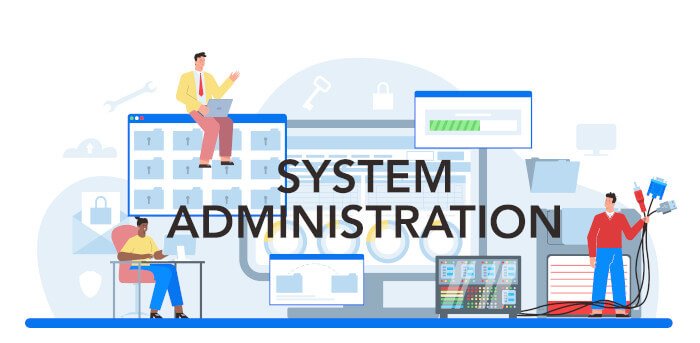Last Updated on March 24, 2023
Other Features
Besides the functionality described in the earlier pages, you can:
- Queue all changes until you’re ready to run them.
- Check partitions – find and fix issues in a file system.
- Support for drive error checking.
- Support copying and moving of unsupported partition content.
- Data rescue functionality which seeks to recover files by letting you copy them to other devices. You’ll need gpart installed to use this feature. gpart is a small tool that seeks to determine what partitions are on a hard disk in case the primary partition table is damaged.
- Fix operating system boot issues including the ability to restore the GRUB 2 boot loader with GParted Live. You don’t need an operating system installed, so it’s handy in an emergency.
- Internationalization support – translations are available for Arabic, Basque, Bosnian, Bulgarian, Chinese (Simplified), Chinese (Traditional), Croatian, Czech, Danish, Dutch, Esperanto, Finnish, French, Friulian, Gaelic, Galician, German, Greek, Gujarati, Hebrew, Hungarian, Icelandic, Indonesian, Italian, Japanese, Kazakh, Korean, Latvian, Lithuanian, Macedonian, Malayalam, Nepali, Norwegian Nynorsk, Occitan, Panjabi, Persian, Polish, Portuguese, Portuguese (Brazilian), Romanian, Russian, Serbian, Slovak, Slovenian, Sinhala, Spanish, Swedish, Telugu, Thai, Turkish, and Vietnamese.
GParted works with a wide range of storage devices including:
- Hard disk drives (e.g., SATA, IDE, and SCSI).
- Flash memory devices, such as USB memory sticks, Solid State Drives (SSD’s), and Non-Volatile Memory Express devices (NVMe’s).
- RAID Devices (hardware RAID, motherboard BIOS RAID, and Linux software RAID).
- All sector sizes (e.g., devices with 512, 1024, 2048, 4096 byte sectors and more.
Pages in this article:
Page 1 – Introduction / Installation
Page 2 – In Operation
Page 3 – Other Features
Page 4 – Summary
